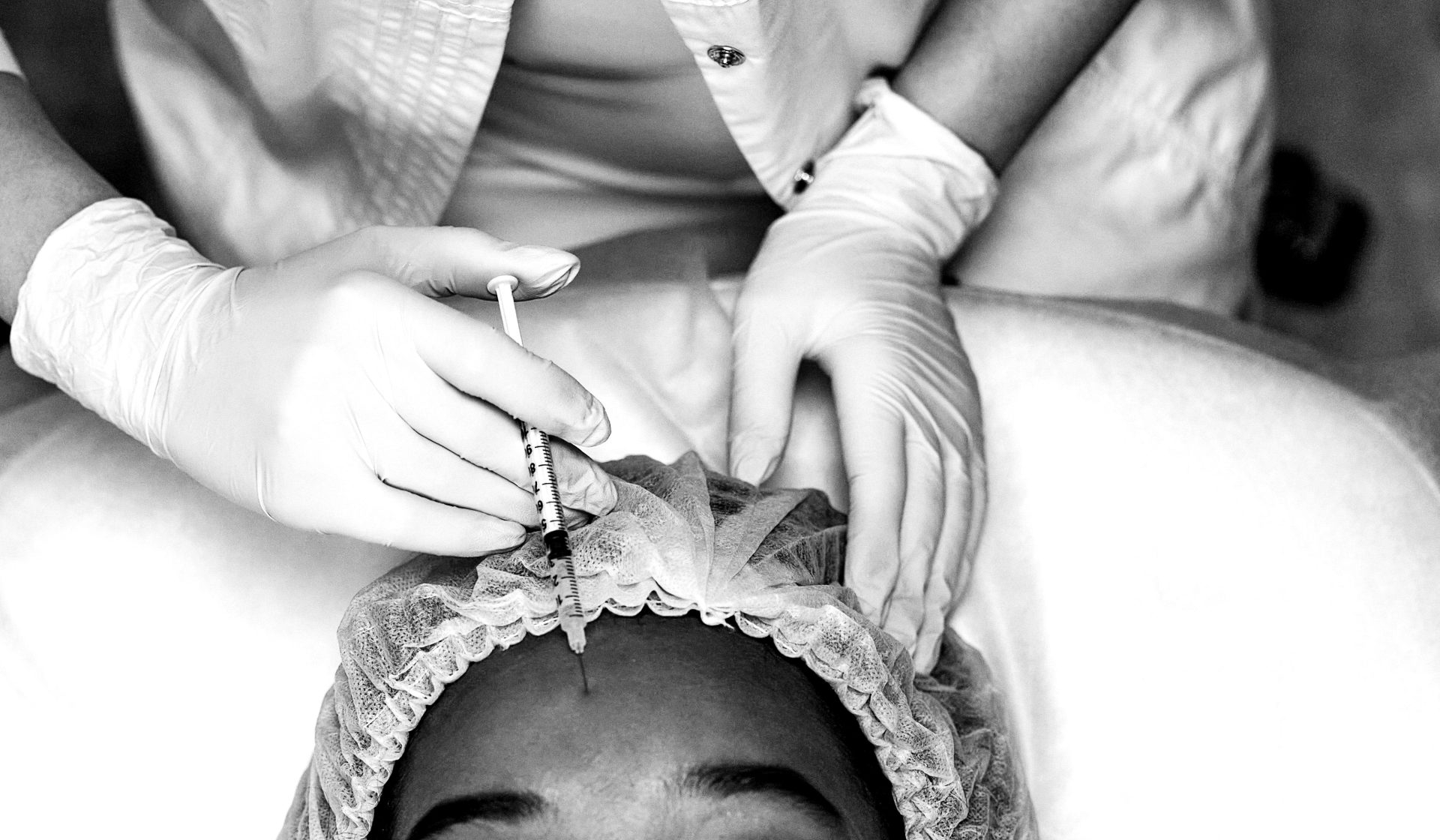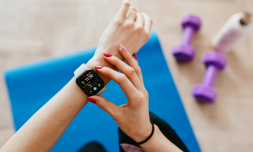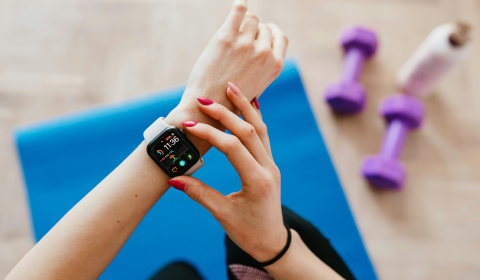From the 1874 Ugly Girl Papers to the overt normalisation – and promotion – of harmful practices such as preventative botox, are we looking at the end of variety and youth in faces which have all been touched by the same needle?
‘The first requisite in a woman toward pleasing others is that she should be pleased with herself,’ begins chapter one of The Ugly Girl Papers; or, Hints for the Toilet, which was written for Harper’s Bazar by a Ms S. D. Powers in 1874 and later printed (apparently ‘by request’) as an anthology.
Appealing to the ‘ugly sisterhood,’ Powers argues that women are prevented from being ‘worshipped lovers’ as a result, not of their souls, but of their complexion.
Since she posits that it’s in fact ‘a woman’s business to be beautiful,’ her advice includes rubbing opium over one’s face at night and washing with a solution of ammonia in the morning to refine the skin.
There’s also a recommended ‘cure’ for freckles which involves ‘half a pound of clear ox gall, half a drachm of borax, two ounces of rock salt, and the same of rock candy.’
Although most of the ingredients that crop up in the papers’ various recipes are pretty obscure, you might recognise borax as the cleaning product banned by the EU after it was found to be ‘potentially hazardous to human health.’
Despite the illusion of ‘self-love’ that we’re introduced to in the opening pages, The Ugly Girl Papers doesn’t teach acceptance, it implies that it’s a woman’s purpose to please others, to look the part no matter the cost.
And if we were still unsure about who those ‘others’ are, unlike borax-treated skin this is cleared up when male author Nathaniel Parker Willis is named the ‘connoisseur of feminine graces’.
Ah right, that’ll be the ol’ male gaze again then.
The standard
While we may find humour in Powers’ remark that ‘the only thing women would not do to increase their comeliness is to put themselves on the rack,’ it’s difficult to laugh at things which aren’t too far from the scary reality of oppressively unrealistic beauty standards endured by people of all genders and perpetuated through today’s comparison culture.
No, we’re no longer subjecting ourselves to the torture of being stretched on the rack, but there are some people as young as 16 years old who’ve undergone cosmetic limb-lengthening surgery – which involves breaking both femurs in order to lengthen them – to appear taller.
And, according to the American Society of Plastic Surgeons, in 2023 there were nearly 45,000 rhinoplasties performed in the United States.
This seems like a lot until you compare that statistic to the staggering 9.5 million Botox or Jeuveau procedures that were carried out in the US in the same year.
The normalisation of procedures like preventative botox as a result of people (especially women) being influenced at a much younger age is behind this surge.
It’s worrying because not only can plastic surgery and injectables done incorrectly make you look older, but because preventative botox causes a weakening of the muscles in one area which results in the overuse (and consequent wrinkling) of other parts of the face or body.
This means that you’ll both look older and want more botox.


















